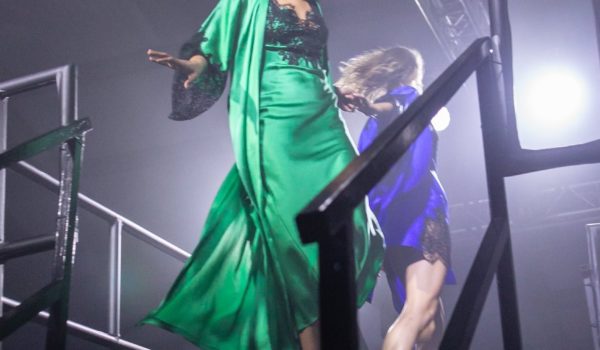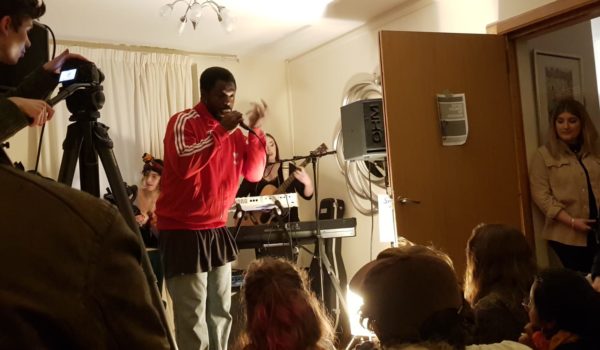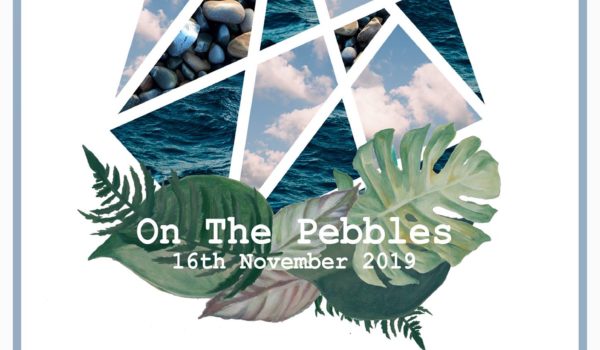The event page on Facebook for the recent On The Rocks production of Salomé, Oscar Wilde’s retelling of the Biblical Feast of Herod, ambitiously advertised it as “more than a play, a religious experience.” Though few shows could meet that kind of bar, what I saw was certainly a play, and if it was anything more than that, it was a play that didn’t particularly care if I saw it.
It is like this. The seats were arranged in a runway style, with three rows running down the length of the area on both sides of the action. Last year’s production of Othello used the same format, and I, predictably, had the same problems in both, I was shepherded into a seat in the back row and far corner, and from there my view was severely limited.
Anyone sitting down was largely invisible. Anyone standing behind someone else was largely invisible. For example, there was one somewhat important interaction between two characters that happened not five feet away from my seat, an intimacy that is usually particularly engaging. But one was standing with his back to me, eclipsing the other figure, so I got none of the physical component of the scene, and my engagement with the action was instead reduced. One may be tempted to question the validity of my response on the basis of my poor choice of seat. But that’s not really how it works. If there is one ticket price, as there was, one makes the assumption that he can get the full experience from any seat. Stage design must take this into account, and create a system in which everyone who gets a ticket can see the show.
The performances were also…indifferent. That means two things. In one sense, the performance seemed indifferent as to whether or not I could hear it. Articulation was often poor, words were directed to the opposite side of the room, and there was enough unintelligible screeching that I am sure I missed something among it. But in the other sense, performances seemed incomplete. Many of the actors provided a strong character, but ended up being one note, or they showed a range of emotion, but with relatively little character to it. Notable exceptions are the slaves of Salomé, who didn’t say much, but perfectly embodied the sensuous physicality, moving lithely, slowly, smoothly. And Miles Peckover as Iokanaan, the John the Baptist figure, though he tended to shout, managed to provide an accessible range of feeling through that delivery.
But Salomé was most interested in its images. And those images were well executed. Costume was elaborate and appropriate, and characters were manipulated into visually appealing tableaus. The most visually impressive scenes were bolstered by interesting, modern sound choices, though that often contributed to my inability to parse words. But it seemed that these images were raised so far beyond what was in the text that the two became entirely disconnected. In the light of these visual displays, the narrative flow seems so unimportant that I found myself watching everything but the person speaking.
I could go on, but I get the sense that the production doesn’t want me to do so. Everything in the build up to Salomé has been designed to grab attention away from the play to something nominally larger, to the extent that my seat contained a poster for this other thing, instead of a program with a cast list, making it hard for people like me to recognise their achievements. Like in the show itself, when attention on the substance is overwhelmed by appealing distractions, it becomes easy to lose sight of the play, the art, entirely.
Words: Bennett Bonci








Comments